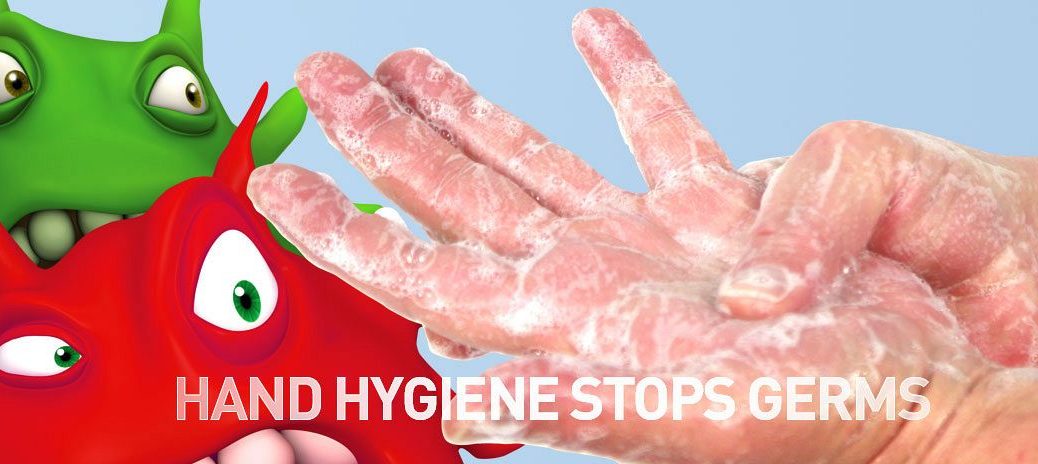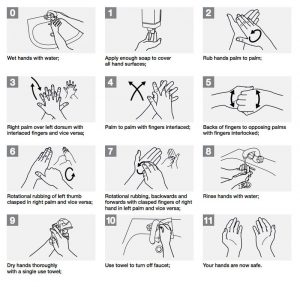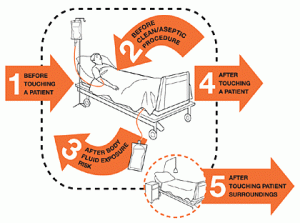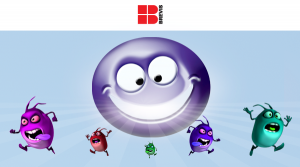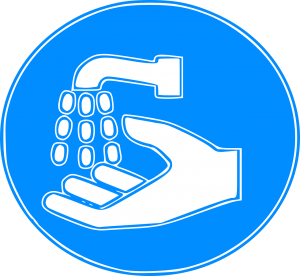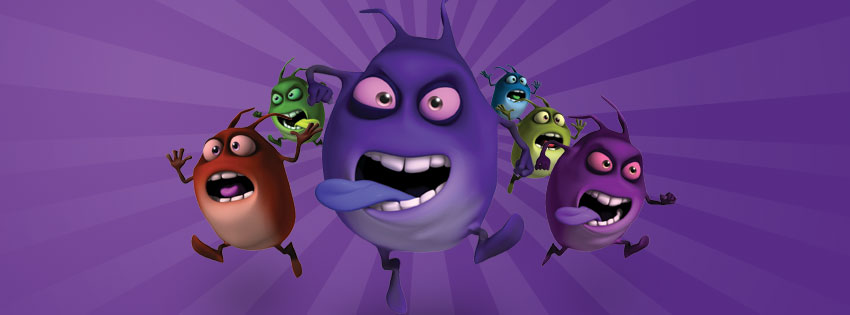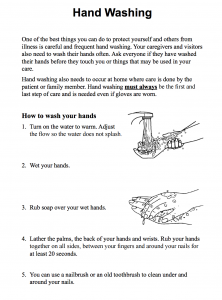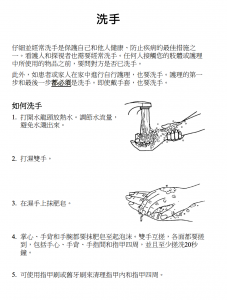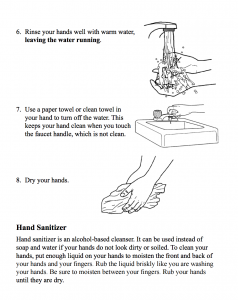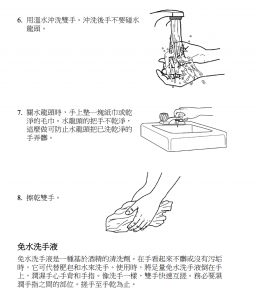Attention gardeners! New research shows that washing your hands after gardening can help protect you from a common but dangerous strain of Legionnaires’ disease.
Legionnaires’ is a severe form of pneumonia, and those most at risk are older adults, smokers, and people with weakened immune systems. Most people with Legionnaires’ disease have contracted it by inhaling a bacteria called legionella. Untreated, the disease can be fatal.
Legionella longbeachae is the culprit strain in this case, a bacteria found in soil and compost products (homemade compost excluded), according to a study out of the University of Otago in New Zealand.
“We recommend gardeners avoid breathing in compost or potting mix, by opening bags away from the face and keeping it close to the ground when moving it around. Also, always wash compost/potting mix off hands before putting them near the face,” says epidemiologist and Associate Professor Patricia Priest.
Further research is needed for more conclusive information, but in the meantime, it’s important to remember that washing your hands after gardening is a smart thing to do, even if you’ve been wearing gloves.
Sources:
https://medicalxpress.com/news/2017-06-gardening-legionnaire-disease.html
http://www.mayoclinic.org/diseases-conditions/legionnaires-disease/home/ovc-20242041


